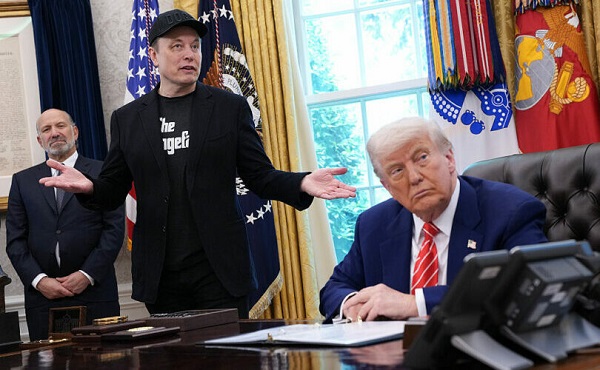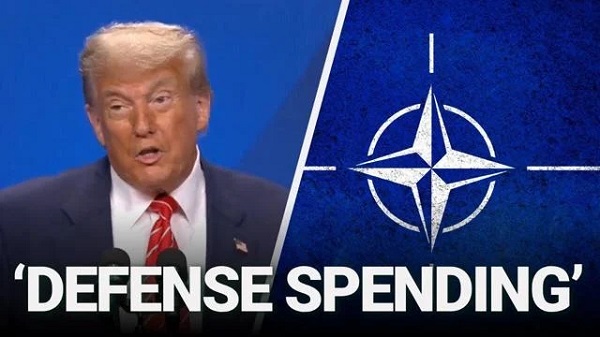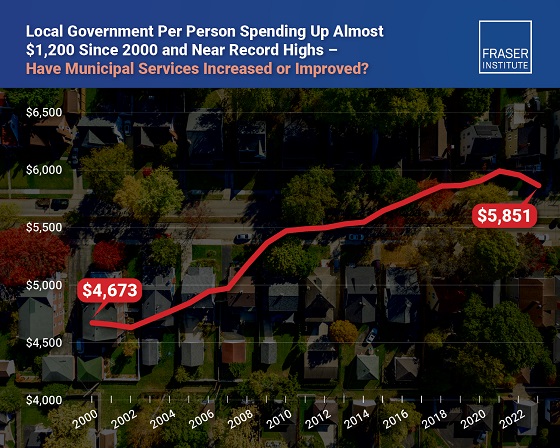Business
DOJ Takes Aim at Breaking Up Google

News release from Reclaim The Net
|
On Tuesday, the United States announced potential plans to request a court mandate directing Alphabet Inc to divest significant segments of its operations, including its Chrome browser and Android operating system. This move aims to dismantle what is described as an illegal monopoly held by Google in the online search sector. A judge had previously concluded in August that Google, which handles 90% of internet searches in the US, had established this monopoly unlawfully.
We obtained a copy of the proposals for you here. The Justice Department has outlined remedies that could dramatically alter the landscape of how information is accessed on the internet by Americans, potentially diminishing Google’s revenue and enabling competitors to expand. These proposed remedies are designed to prevent Google’s historical dominance from expanding into emerging sectors like artificial intelligence. The department emphasized that effectively addressing the harm caused necessitates “not only ending Google’s control of distribution today but also ensuring Google cannot control the distribution of tomorrow.” Additionally, the Justice Department is considering urging the court to halt Google’s substantial payments to secure its search engine as the pre-installed or default option on new devices. In 2021, Google paid $26.3 billion to various companies, including Apple, to maintain its search engine as the default on devices, which has helped preserve its dominant market position. Google, planning to appeal, described the proposals on a corporate blog as “radical” and “far beyond the specific legal issues in this case.” The company asserts that its search engine remains a top choice due to its quality and contends it faces significant competition from entities like Amazon. Google also noted that users have the freedom to select alternative search engines. The Justice Department’s efforts also include proposals to forestall Google’s control over future technology developments in AI. They may require Google to make its indexes, data, and models used for search and AI features accessible to competitors and proposes restrictions on Google’s agreements that could limit other AI firms’ access to web content. The department suggests allowing websites to opt out of having their content used by Google to train AI models. Google warned that these AI-focused proposals might inhibit the industry’s growth. The company argued, “There are enormous risks to the government putting its thumb on the scale of this vital industry — skewing investment, distorting incentives, hobbling emerging business models — all at precisely the moment that we need to encourage investment.” A detailed proposal from the Justice Department is expected to be submitted to the court by November 20, with Google set to present its counter-proposals by December 20. |
Alberta
Pierre Poilievre – Per Capita, Hardisty, Alberta Is the Most Important Little Town In Canada

From Pierre Poilievre
Business
Why it’s time to repeal the oil tanker ban on B.C.’s north coast

The Port of Prince Rupert on the north coast of British Columbia. Photo courtesy Prince Rupert Port Authority
From the Canadian Energy Centre
By Will Gibson
Moratorium does little to improve marine safety while sending the wrong message to energy investors
In 2019, Martha Hall Findlay, then-CEO of the Canada West Foundation, penned a strongly worded op-ed in the Globe and Mail calling the federal ban of oil tankers on B.C.’s northern coast “un-Canadian.”
Six years later, her opinion hasn’t changed.
“It was bad legislation and the government should get rid of it,” said Hall Findlay, now director of the University of Calgary’s School of Public Policy.
The moratorium, known as Bill C-48, banned vessels carrying more than 12,500 tonnes of oil from accessing northern B.C. ports.
Targeting products from one sector in one area does little to achieve the goal of overall improved marine transport safety, she said.
“There are risks associated with any kind of transportation with any goods, and not all of them are with oil tankers. All that singling out one part of one coast did was prevent more oil and gas from being produced that could be shipped off that coast,” she said.
Hall Findlay is a former Liberal MP who served as Suncor Energy’s chief sustainability officer before taking on her role at the University of Calgary.
She sees an opportunity to remove the tanker moratorium in light of changing attitudes about resource development across Canada and a new federal government that has publicly committed to delivering nation-building energy projects.
“There’s a greater recognition in large portions of the public across the country, not just Alberta and Saskatchewan, that Canada is too dependent on the United States as the only customer for our energy products,” she said.
“There are better alternatives to C-48, such as setting aside what are called Particularly Sensitive Sea Areas, which have been established in areas such as the Great Barrier Reef and the Galapagos Islands.”
The Business Council of British Columbia, which represents more than 200 companies, post-secondary institutions and industry associations, echoes Hall Findlay’s call for the tanker ban to be repealed.
“Comparable shipments face no such restrictions on the East Coast,” said Denise Mullen, the council’s director of environment, sustainability and Indigenous relations.
“This unfair treatment reinforces Canada’s over-reliance on the U.S. market, where Canadian oil is sold at a discount, by restricting access to Asia-Pacific markets.
“This results in billions in lost government revenues and reduced private investment at a time when our economy can least afford it.”
The ban on tanker traffic specifically in northern B.C. doesn’t make sense given Canada already has strong marine safety regulations in place, Mullen said.
Notably, completion of the Trans Mountain Pipeline expansion in 2024 also doubled marine spill response capacity on Canada’s West Coast. A $170 million investment added new equipment, personnel and response bases in the Salish Sea.
“The [C-48] moratorium adds little real protection while sending a damaging message to global investors,” she said.
“This undermines the confidence needed for long-term investment in critical trade-enabling infrastructure.”
Indigenous Resource Network executive director John Desjarlais senses there’s an openness to revisiting the issue for Indigenous communities.
“Sentiment has changed and evolved in the past six years,” he said.
“There are still concerns and trust that needs to be built. But there’s also a recognition that in addition to environmental impacts, [there are] consequences of not doing it in terms of an economic impact as well as the cascading socio-economic impacts.”
The ban effectively killed the proposed $16-billion Eagle Spirit project, an Indigenous-led pipeline that would have shipped oil from northern Alberta to a tidewater export terminal at Prince Rupert, B.C.
“When you have Indigenous participants who want to advance these projects, the moratorium needs to be revisited,” Desjarlais said.
He notes that in the six years since the tanker ban went into effect, there are growing partnerships between B.C. First Nations and the energy industry, including the Haisla Nation’s Cedar LNG project and the Nisga’a Nation’s Ksi Lisims LNG project.
This has deepened the trust that projects can mitigate risks while providing economic reconciliation and benefits to communities, Dejarlais said.
“Industry has come leaps and bounds in terms of working with First Nations,” he said.
“They are treating the rights of the communities they work with appropriately in terms of project risk and returns.”
Hall Findlay is cautiously optimistic that the tanker ban will be replaced by more appropriate legislation.
“I’m hoping that we see the revival of a federal government that brings pragmatism to governing the country,” she said.
“Repealing C-48 would be a sign of that happening.”
-

 Health2 days ago
Health2 days agoRFK Jr. Unloads Disturbing Vaccine Secrets on Tucker—And Surprises Everyone on Trump
-

 Crime2 days ago
Crime2 days agoNational Health Care Fraud Takedown Results in 324 Defendants Charged in Connection with Over $14.6 Billion in Alleged Fraud
-

 Business1 day ago
Business1 day agoElon Musk slams Trump’s ‘Big Beautiful Bill,’ calls for new political party
-

 Censorship Industrial Complex1 day ago
Censorship Industrial Complex1 day agoGlobal media alliance colluded with foreign nations to crush free speech in America: House report
-

 Business12 hours ago
Business12 hours agoLatest shakedown attempt by Canada Post underscores need for privatization
-

 Business12 hours ago
Business12 hours agoWhy it’s time to repeal the oil tanker ban on B.C.’s north coast
-

 Alberta12 hours ago
Alberta12 hours agoPierre Poilievre – Per Capita, Hardisty, Alberta Is the Most Important Little Town In Canada
-

 MxM News12 hours ago
MxM News12 hours agoUPenn strips Lia Thomas of women’s swimming titles after Title IX investigation






